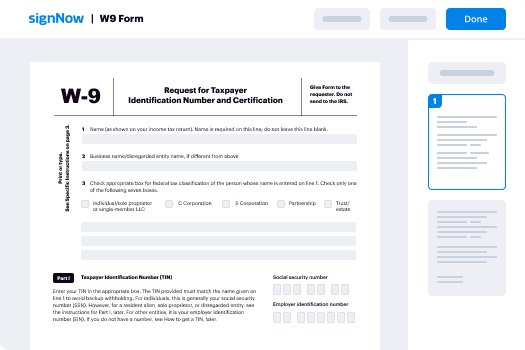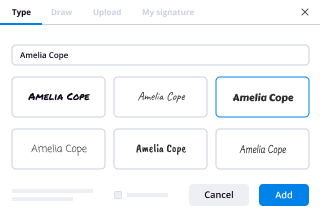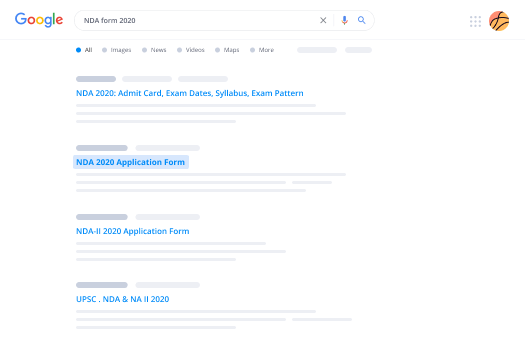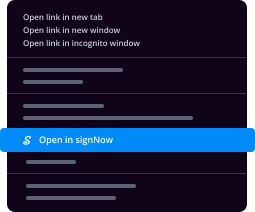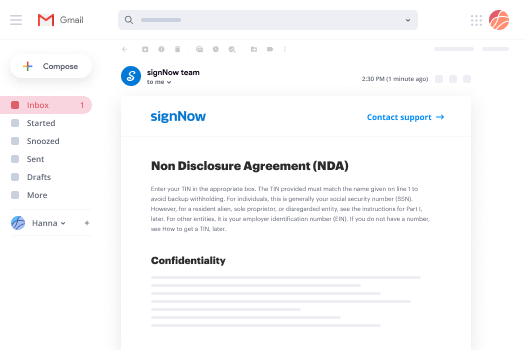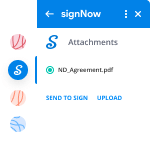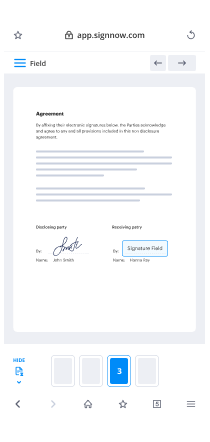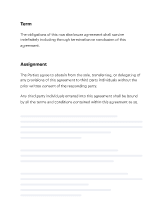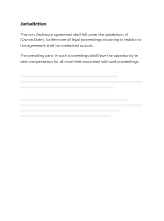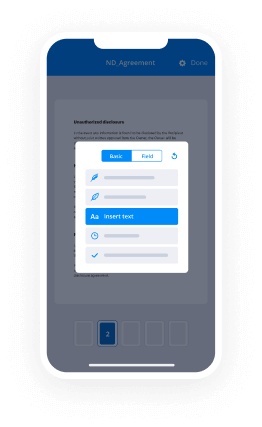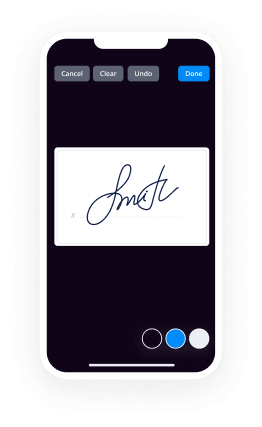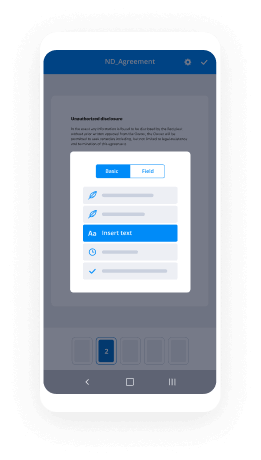CR 52; RCW 26.26.130, .625, .630
Mandatory Form (07/2017)
FL Parentage 315 Findings and Conclusions
About Parentagep. 1 of 10
Superior Court of Washington, County of
In re parentage:
Petitioner (person who started this case) :
And Respondents:
(parent / presumed parent / alleged parents)
Children over age 2:
No.
Findings and Conclusions about Parentage
(FNFCL)
Findings and Conclusions about Parentage
1. Basis for findings and conclusions (check all that apply):
Parties’ Agreement
Default Order or Summary Judgment Order (date):
Order after Sexual Assault Fact-Finding Hearing on (date):
Trial for this case on (date): , with the following people present
(check all that apply):
State of Washington, DSHS, through its lawyer (name):
Birth Mother (name): This person’s lawyer
Legal Guardian (name): This person’s lawyer
Presumed Parent (name): This person’s lawyer
Alleged Parent (name): This person’s lawyer
Alleged Parent (name): This person’s lawyer
Alleged Parent (name): This person’s lawyer
Guardian ad Litem for (children’s names):
Other (name and relationship to this case):
Other (name and relationship to this case):
Other (name and relationship to this case):
CR 52; RCW 26.26.130, .625, .630
Mandatory Form (07/2017)
FL Parentage 315 Findings and Conclusions
About Parentagep. 2 of 10
The Court makes the following findings of fact and conclusions of law:
2. Notice and Personal Jurisdiction
All people with a right to receive notice of this case were served with the Summons and
Petition. except (name/s): .
(Check all that apply):
(Name/s) was/were served in this state.
(Name/s) live/s in this state now.
(Name/s) lived in this state with the
children.
(Name/s) lived in this state and paid for
pregnancy costs or support for the children.
(Name/s) did or said something that
caused the children to live in this state.
(Name/s) had sex in this state, which
may have produced the children.
(Name/s) signed an agreement to join
this Petition or other document agreeing that the court can decide his or her rights in
this case.
None of the reasons listed above apply to (name):
Other (specify):
Conclusion: The court has personal jurisdiction over all parties to this case,
except (name/s): .
3. Guardian ad Litem
No Guardian ad Litem was appointed.
The Court appointed (name): Guardian ad
Litem (GAL) for (children’s names): .
The court has considered the report and recommendations of the GAL about (check all
that apply):
Parentage
Parenting Plan or Residential Schedule
Other (specify):
Other (specify) :
4. Genetic Testing Admitted
Does not apply. Either genetic testing was not done, or the results were not admitted.
(Skip to
5.)
This issue was decided in the Summary Judgment Order signed by the court on
(date): . (Skip to
5.)
CR 52; RCW 26.26.130, .625, .630
Mandatory Form (07/2017)
FL Parentage 315 Findings and Conclusions
About Parentagep. 3 of 10
The following genetic testing results were admitted as evidence (check all that apply):
Alleged Parent Tested – Genetic paternity testing was done with a possible father
(name): .
The testing was done by (check one):
court order.
agreement of the Alleged Parent, Birth Mother and any Presumed,
Acknowledged, or Adjudicated Parent.
the alleged parent without a court order or agreement. The children have no Presumed, Acknowledged, or Adjudicated Parents.
The test results (check one):
show a 99% or greater probability that this Alleged Parent is the biological
parent of (children’s names): .
exclude this Alleged Parent is as a biological parent of (children’s names):
.
Presumed Parent Tested – Genetic paternity testing was done with the Presumed
Parent (name): .
The testing was done by (check one):
court order
agreement of the Birth Mother and Presumed Parent.
The test results (check one):
show a 99% or greater probability that the Presumed Parent is the
biological parent of (children’s names): .
exclude the Presumed Parent as a biological parent of (children’s names):
.
Test Results Challenged – The genetic paternity test results were challenged by
(name): . The court concludes that the
challenged test results (check one): are are not valid because (specify):
Other (specify):
Conclusion: (Check one):
The court should decide parentage according to the genetic t est
results described above.
The court should not decide parentage according to the genetic
test results described above because the court found the test
results are invalid.
The court should not decide parentage according to the genetic
test results described above based on the Order after Sexual
Assault Fact-Finding hearing . See section 7.
5. Genetic Testing Not Admitted
Does not apply. Genetic testing results were admitted. (Skip to 6.)
CR 52; RCW 26.26.130, .625, .630
Mandatory Form (07/2017)
FL Parentage 315 Findings and Conclusions
About Parentagep. 4 of 10
This issue was decided in the Summary Judgment Order signed by the court on
(date): . (Skip to
6.)
Genetic testing was not done, or the results were not admitted.
Conclusion: (Check all that apply):
Not Necessary – Genetic testing was not necessary to decide parentage.
(Name): should be declared the legal
parent of (children’s names):
because s/he is a/n (check all that apply):
Acknowledged parent (parent who signed a Paternity Acknowledgment).
Parent by admission (someone who admitted s/he was the parent in his/her
court papers or in a hearing under penalty of perjury).
Adoptive parent.
Parent by assisted reproduction.
Parent according to a surrogacy contract.
Other findings (specify):
Not Ordered – The children have a Presumed, Acknowledged or Adjudicated
Parent. The court concludes that ordering genetic testing is not in the
children’s best interest after considering the report and recommendation of the
children’s Guardian ad Litem.
This conclusion is based on the following (check all that apply):
See Order on Motion for Genetic Testing .
(Describe clear and convincing evidence why testing is not in the child’s
best interest):
Not Admitted – The children have a Presumed, Acknowledged or Adjudicated
Parent. Genetic testing results were not admitted because the testing was
done without either a court order or agreement of the Birth Mother and the
Presumed, Acknowledged or Adjudicated Parent.
No Cooperation – (Name): did not cooperate with
an order for genetic testing. This conclusion is based on the following facts
(describe the failure to cooperate):
Because this person did not cooperate with genetic testing, the court
concludes that he (check one): should should not be the legal
father of the children. RCW 26.26.575(2). This is in the children’s best
interest because (explain):
Other (specify):
CR 52; RCW 26.26.130, .625, .630
Mandatory Form (07/2017)
FL Parentage 315 Findings and Conclusions
About Parentagep. 5 of 10
6. Presumed Parent
There is no presumed parent.
This issue was decided in the Summary Judgment Order signed by the court on
(date): .
Marriage / Domestic Partner Presumption – (Name):
was presumed by law to be a parent when this case started because of a marriage or
domestic partnership.
Conclusion: The court should:
Disprove the presumed parent as a legal parent of (children’s names):
because the presumed parent is not
the biological parent according to the genetic test results described in section 4
above, and (check all that apply):
The Petition was filed or served on or before (children’s names):
4 th
birthdays.
The Petition was filed or served after (children’s names):
4 th
birthdays and the presumed parent:
did not live with and did not have sex with the birth mother when the
children were likely conceived, and
did not openly hold out these children as his/her own children.
Disprove the presumed parent as a legal parent of (children’s names):
based on the
Order after Sexual Assault Fact-Finding Hearing . (See section 7.)
Confirm the presumed parent is a correct legal parent of (children’s names):
because (check all that apply):
The presumed parent is the biological parent according to the genetic test
results described in section 4 above.
The court decided it was not in the children’s best interest to order genetic
testing.
The Petition was first filed or served after (children’s names):
4 th
birthdays and the presumed parent
(check all that apply):
lived with or had sex with the birth mother when the children were
likely conceived.
openly held out these children as his/her own children.
Other (specify):
Holding Out Presumption – (Name): is claimed
to be a presumed parent of (children’s names):
because he/she had lived in the same home as these children and openly held them
out as his/her own children for the first 2 years of their lives.
Conclusion:The court should:
CR 52; RCW 26.26.130, .625, .630
Mandatory Form (07/2017)
FL Parentage 315 Findings and Conclusions
About Parentagep. 6 of 10
Deny the claim that this person is a legal parent based on the following facts
(specify):
.
Confirm that this person is a legal parent based on the following facts
(specify):
7. Allegation of parentage resulting from sexual assault
There was no allegation of sexual assault resulting in birth of a child.
There was an allegation of sexual assault resulting in birth of a child.
See the Order after Sexual Assault Fact-Finding Hearing signed by the court on
(date) ____________________ . The Findings and Conclusions from that order are
made a part of this order. The court has determined that the sexual assault allegation
was:
proved .
not proved .
The Petition was filed on or before (children’s names):
4th
birthdays.
The Petition was filed after (children’s names):
4 th
birthdays and before July 23, 2019.
8. Children’s Names
The children’s names should not be changed.
The children’s names should be changed as listed on the Final Parentage Order.
9. Jurisdiction over the children (RCW 26.27.201 – .221, .231, .261, .271)
The court can approve a Parenting Plan or Residential Schedule for these children and
decide who the children should live with most of the time b ecause (check all that apply; if
a box applies to all of the children, you may write “the chil dren” instead of listing names):
Exclusive, continuing jurisdiction – A Washington court has already made a
custody order or parenting plan for the children, and the court still has authority to
make other orders for (children’s names): .
Home state jurisdiction – Washington is the children’s home state because
(check all that apply):
(Children’s names): lived in Washington with
a parent or someone acting as a parent for at least the 6 months just before
this case was filed, or if the children were less than 6 months old when the
case was filed, they had lived in Washington with a parent or someone acting
as a parent since birth.
There were times the children were not in Washington in the 6 months just
before this case was filed (or since birth if they were less than 6 months
old), but those were temporary absences.
CR 52; RCW 26.26.130, .625, .630
Mandatory Form (07/2017)
FL Parentage 315 Findings and Conclusions
About Parentagep. 7 of 10
(Children’s names): do not live in Washington
right now, but Washington was the children’s home state some time in the 6
months just before this case was filed, and a p arent or someone acting as a
parent of the children still lives in Washington.
(Children’s names): do not have another
home state.
No home state or home state declined – No court of any other state (or tribe)
has the jurisdiction to make decisions for (children’s names): ,
or a court in the children’s home state (or tribe) decided it is better to have this
case in Washington and:
The children and a parent or someone acting as a parent have ties to
Washington beyond just living here; and
There is a lot of information (substantial evidence) about th e children’s care,
protection, education and relationships in this state.
Other state declined – The courts in other states (or tribes) that might be (children’s
names): ’s home state have refused to take
this case because it is better to have this case in Washington .
Temporary emergency jurisdiction – Washington had temporary emergency
jurisdiction over ( children’s names): when the case was
filed, and now has jurisdiction to make a final custody decision because:
When the case was filed, the children were abandoned in this state, or the
children were in this state and the children (or children’s parent, brother or
sister) was abused or threatened with abuse;
The court signed a temporary order on (date) saying that
Washington’s jurisdiction will become final if no case is fil ed in the children’s
home state (or tribe) by the time the children have been in Wa shington for 6
months;
The children have now lived in Washington for 6 months; and
No case concerning the children has been started in the children’s home
state (or tribe).
Other reason (specify):
The court cannot approve a Parenting Plan or Residential Schedule for (children’s
names):
or decide who the children should live with most of the time because the court does
not have jurisdiction over these children.
10. Parenting Plan or Residential Schedule
The court has jurisdiction over the children as listed in section 9 above.
(Check one):
The court signed the final Parenting Plan or Residential Schedule filed
separately today or on (date): .
No one requested a Parenting Plan or Residential Schedule . The children
have been living with (name): most of the time.
The children should continue to live with this parent most of the time. This
parent should be named the children’s custodian.
CR 52; RCW 26.26.130, .625, .630
Mandatory Form (07/2017)
FL Parentage 315 Findings and Conclusions
About Parentagep. 8 of 10
No Parenting Plan or Residential Schedule should be entered based on the
Order after Sexual Assault Fact-Finding Hearing .
The plan, schedule or custodian is approved (check one):
by default. The court considered the court record.
by agreement of both parents without a contested hearing. The court
considered the parties’ agreement and the following evidence, if any:
.
after a summary judgment hearing. The court considered the evidence listed in
the Summary Judgment Order .
after trial. The court considered all of the evidence admitted at trial.
The court does not have jurisdiction over the children as listed in section 9 above.
Therefore, the court cannot approve a Parenting Plan or Residential Schedule, or
decide who the children should live with most of the time.
Other (specify):
11. Child Support
The children should be supported according to state law. The court signed the final
Child Support Order and Worksheets filed separately today or on (date): .
No child support should be established or collected based on the Order after Sexual
Assault Fact-Finding Hearing .
The court is not making a decision about child support now because:
Other (specify):
12. Protection Order
No one requested an Order for Protection in this case.
(Name): requested an Order for Protection in this case.
Conclusion: The court should (check one):
not approve an Order for Protection because:
approve an Order for Protection because:
13. Restraining Order
No one requested a Restraining Order in this case.
(Name): requested a Restraining Order .
CR 52; RCW 26.26.130, .625, .630
Mandatory Form (07/2017)
FL Parentage 315 Findings and Conclusions
About Parentagep. 9 of 10
Conclusion: The court should:
not approve a Restraining Order because:
approve a Restraining Order because:
14. Fees and costs
Each party should pay his or her own fees and costs.
Lawyer’s fees were awarded in the Order after Sexual Assault Fact-Finding Hearing
and should be included in the Final Parentage Order.
This issue was decided in the Summary Judgment Order signed by the court on
(date): . (Skip to
15 .)
(Name): incurred fees and costs, and needs help to
pay those fees and costs. (Name): has the
ability to help pay fees and costs and should be ordered to pay the amount as listed in
the Final Parentage Order . The court finds that the amount ordered is reasonable.
Fees for a Guardian ad Litem (GAL) or other court-appointed professional should be
paid as listed in the Final Parentage Order. The court has considered relevant factors
including each party’s ability to pay, and finds the fees as ordered are reasonable.
Other findings:
15. Other findings or conclusions (if any)
Date Judge or Commissioner
Petitioner and Respondent/s or their lawyers fill out below.
This document (check any that apply) : This document (check any that apply):
is an agreement of the parties is an agreement of the parties
is presented by me is presented by me
may be signed by the court without notice to me may be signed by the court without notice to me
Petitioner signs here or lawyer signs here + WSBA # Respondent signs here or lawyer signs here + WSBA #
Print Name Date Print Name Date
CR 52; RCW 26.26.130, .625, .630
Mandatory Form (07/2017)
FL Parentage 315 Findings and Conclusions
About Parentagep. 10 of 10
This document (check any that apply) : This document (check any that apply):
is an agreement of the parties is an agreement of the parties
is presented by me is presented by me
may be signed by the court without notice to me may be signed by the court without notice to me
Other Respondent or lawyer signs here + WSBA # Other party or Guardian ad Litem signs here
Print Name Date Print Name Date
Valuable advice on finalizing your ‘Basis For Findings And Conclusions Check All That Apply’ online
Are you fed up with the trouble of managing paperwork? Look no further than airSlate SignNow, the premier eSignature solution for individuals and organizations. Bid farewell to the monotonous task of printing and scanning documents. With airSlate SignNow, you can seamlessly complete and sign documents online. Utilize the powerful features embedded in this user-friendly and budget-friendly platform to transform your document management strategy. Whether you need to authorize forms or collect signatures, airSlate SignNow simplifies the process, requiring only a few clicks.
Follow these step-by-step directions:
- Sign in to your account or sign up for a complimentary trial with our service.
- Click +Create to upload a file from your device, cloud storage, or our template collection.
- Open your ‘Basis For Findings And Conclusions Check All That Apply’ in the editor.
- Click Me (Fill Out Now) to set up the form on your end.
- Add and designate fillable fields for others (if needed).
- Continue with the Send Invite settings to request eSignatures from others.
- Save, print your version, or convert it into a reusable template.
No need to worry if you need to collaborate with your colleagues on your Basis For Findings And Conclusions Check All That Apply or send it for notarization—our platform provides all the tools you need to achieve such tasks. Create an account with airSlate SignNow today and elevate your document management to a new standard!


